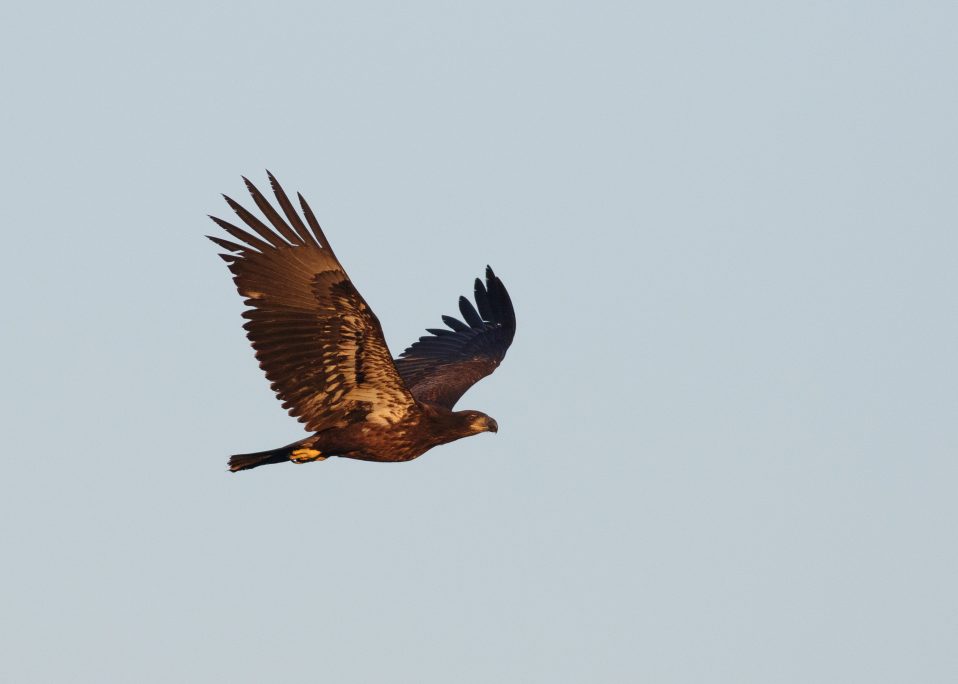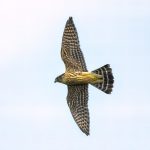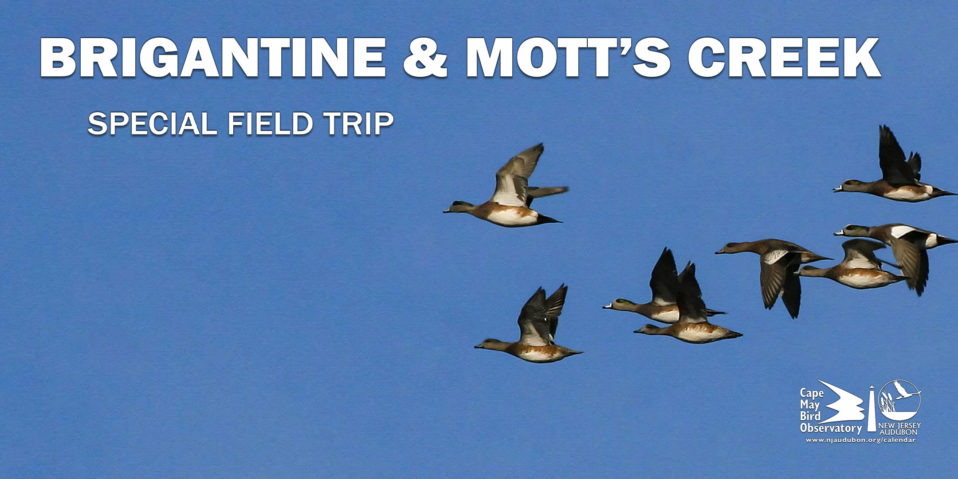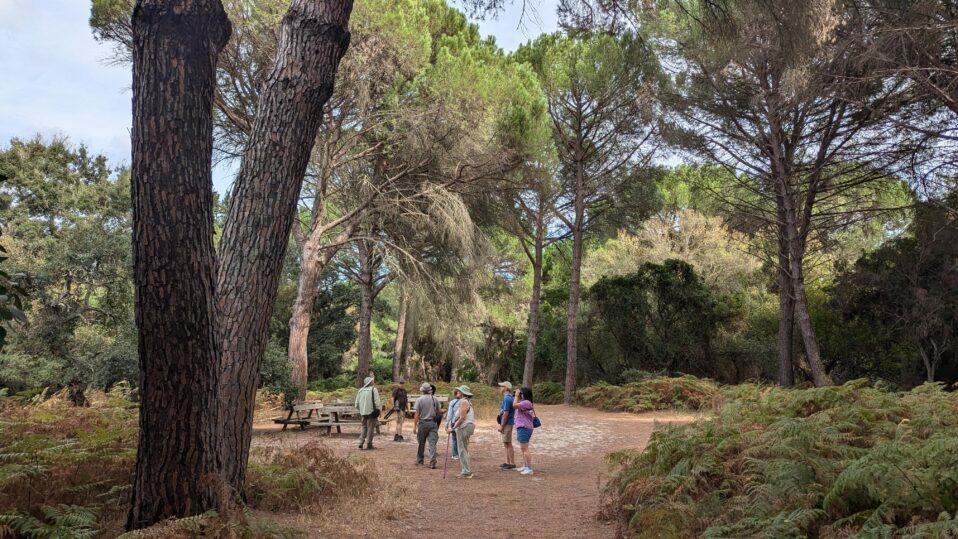The last 3 weeks of September were not spectacular in terms of raptor numbers, but nevertheless produced some good sightings and interesting migration data. Typically, this is the period all Montclair-area birders wait with bated breath for the “big push” of Broad-winged Hawks, a true avian spectacle that is usually triggered by strong NW winds following cold fronts. Sadly, the recent trend of those cold fronts being a relative rarity in September has continued, and we just don’t seem to get more than a fraction of the tens of thousands of Broad-wings we used to in years past. There were at least 5 days during this period where we recorded 0 Broad-wings, with a high count of 315 on September 26th. Sharp-shinned and Cooper’s Hawks started to move through in earnest on the 18th, with a high of 81 Sharpies on the 26th and 21 Coops on the 30th. Falcon numbers were modest and variable, with the highlight undoubtedly being September 23rd, when strong SE winds gusting to 40 pushed a number of Peregrines in from the coast, including a young male and female that appeared to be traveling together and made at least 4 close passes low over the watch, including one where they gave chase after a small flock of Calidris sandpipers. The bird of the month, however, was a Mississippi Kite seen on the 19th, the first recorded since 2012.
Despite relatively low raptor counts, there has been no shortage of interesting wildlife spectacles atop Montclair. On September 13th, Common Nighthawks flew around and over the watch throughout the day, at times in groups of up to 50. At one point we had a “kettle” (a group of birds riding a thermal upwards in a swirling mass) out to the east, against the backdrop of the Manhattan skyline. Two days later, an absolutely massive push of Common Green Darner dragonflies came through, in numbers I could only estimate (at least 9,000 and likely far higher). These almost completely disappeared the following day, September 16th, but were replaced by at least 262 Monarchs streaming through during the cloudy morning hours. Just this past week, on the 29th, we spotted 4 Sandhill Cranes out to the west of the watch, circling in tight formation in the company of a Bald Eagle. We are also treated to a daily swarm of Chimney Swifts, fattening up on insects each afternoon before returning to their roost at Buzz Aldrin Middle School, and their eventual retreat to the warmth of South America.
Season Totals:
Black Vulture: 1
Turkey Vulture: 12
Osprey: 156
Bald Eagle: 96
Northern Harrier: 31
Sharp-shinned hawk: 348
Cooper’s Hawk: 104
Red-shouldered Hawk: 3
Broad-winged Hawk: 868
Red-tailed Hawk: 3
American Kestrel: 186
Merlin: 33
Peregrine: 38
Unidentified Accipiter: 5
Unidentified Buteo: 2
Unidentified Falcon: 4
Mississippi Kite: 1
1891 raptors counted
Cliff Bernzweig










